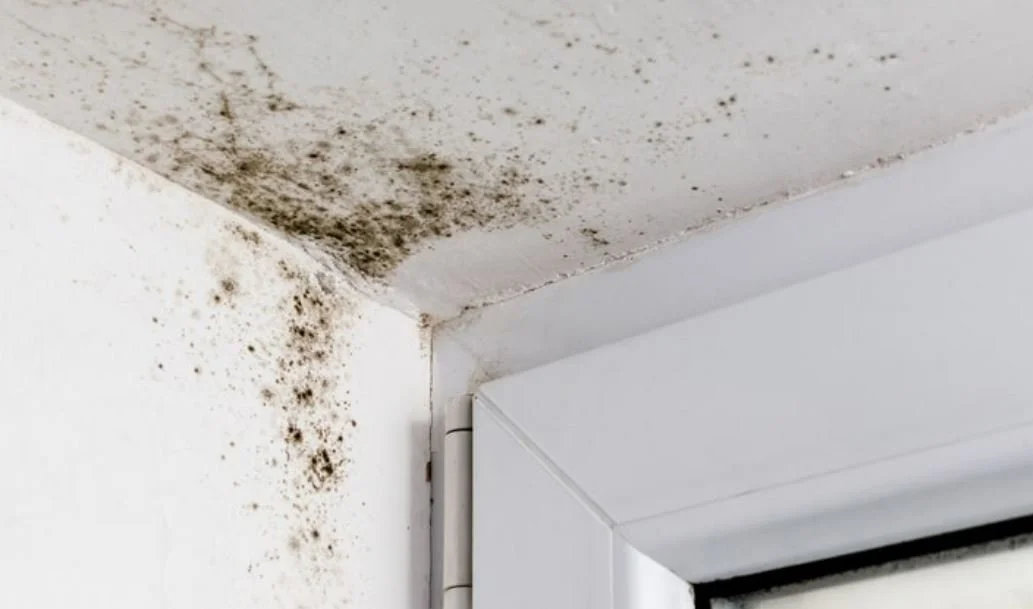It’s that time of year when spring cleaning gets added to your “To Do” list. Here are some tips that can help not only freshen your home but add some value. If you are looking to sell soon, these ideas will make your home more marketable.
Declutter- A clean and organized home looks more valuable and appealing to potential buyers. Start by decluttering your home and getting rid of any items that are no longer needed.
Deep Clean - This includes carpets, floors, walls, and windows.
Upgrade your lighting - Updating your lighting fixtures can make a big impact on the overall look of your home. Consider replacing outdated light fixtures with modern ones and use energy-efficient LED bulbs to save money on your energy bills.
Fix minor repairs - If I had to point out the most important simple tip for maintaining the value in your home, take the time to fix minor repairs, such as leaky faucets, loose doorknobs, defective paint surfaces and scuffs on walls. These small repairs can make a big difference in the overall appearance and functionality of your home.
Landscaping - Landscaping can make a huge difference in the curb appeal of your home. Trim bushes, mow the lawn, and plant flowers to make your home look more attractive and well-maintained.
Paint - We all know that fresh paint does not necessarily add value. However, painting your home can significantly improve its appearance and make it look fresher and newer. Consider painting your front door, walls, and trim in neutral colors that are attractive to most buyers.
Upgrade your kitchen and bathroom - While this might be one of the more expensive items you would consider, upgrading your kitchen and bathroom can significantly improve the value of your home. For budget friendly ideas, consider replacing outdated fixtures and consider painting cabinets. If you have a little more money in your budget, replacing countertops and floor coverings can make a big difference in the appeal of these rooms.
By taking these steps, you can improve the value of your home without breaking the bank. These minor improvements can make a big difference in the overall appearance and appeal of your home.













































